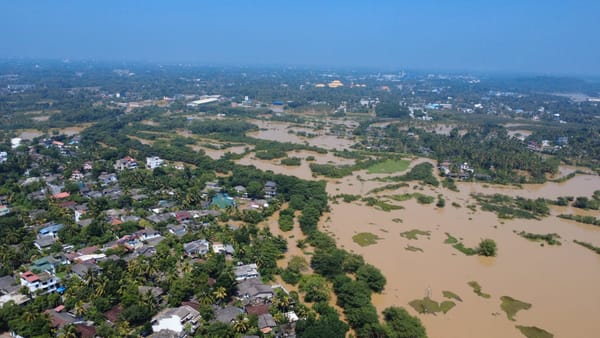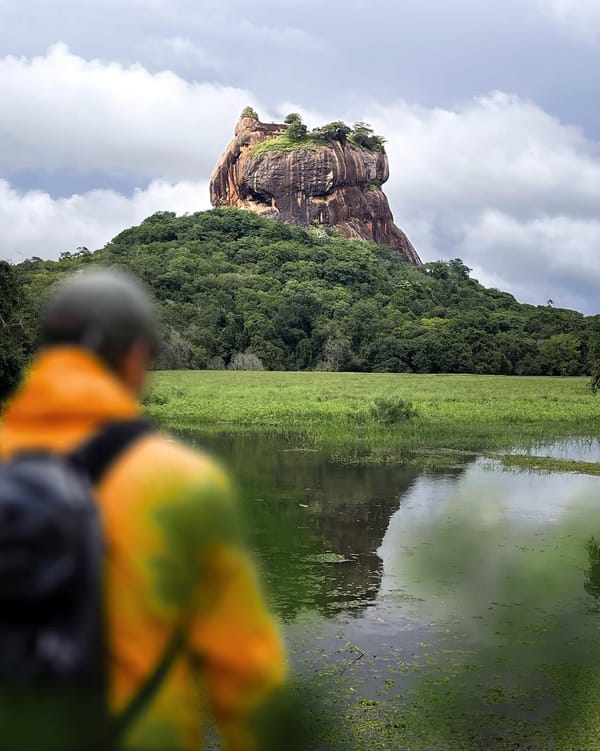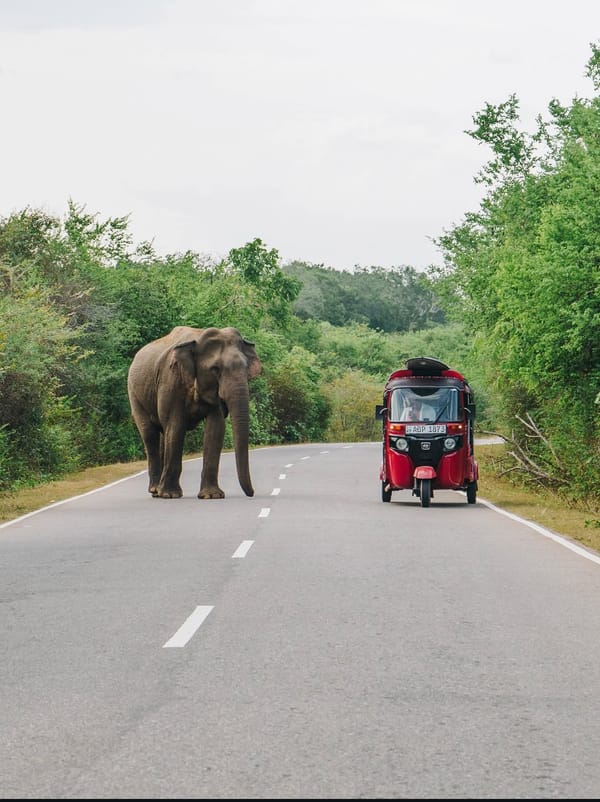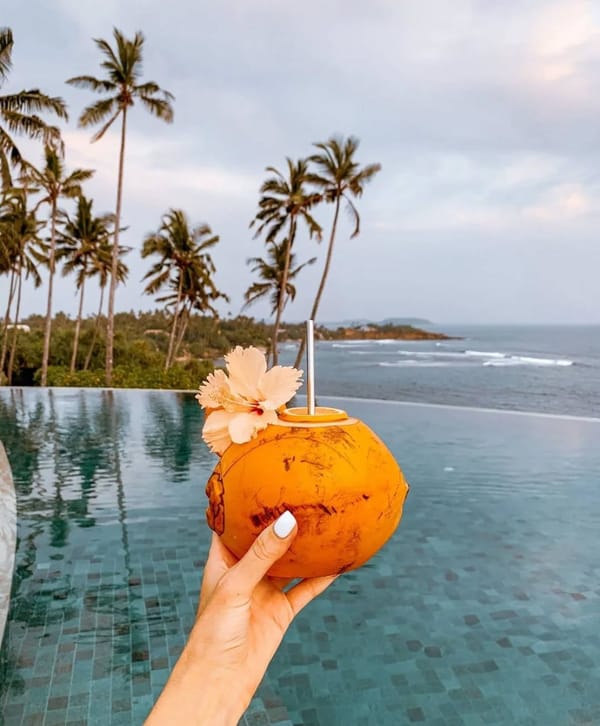Sri Lanka's Colonial Architecture: A Must-Visit Guide for Travelers 🇱🇰
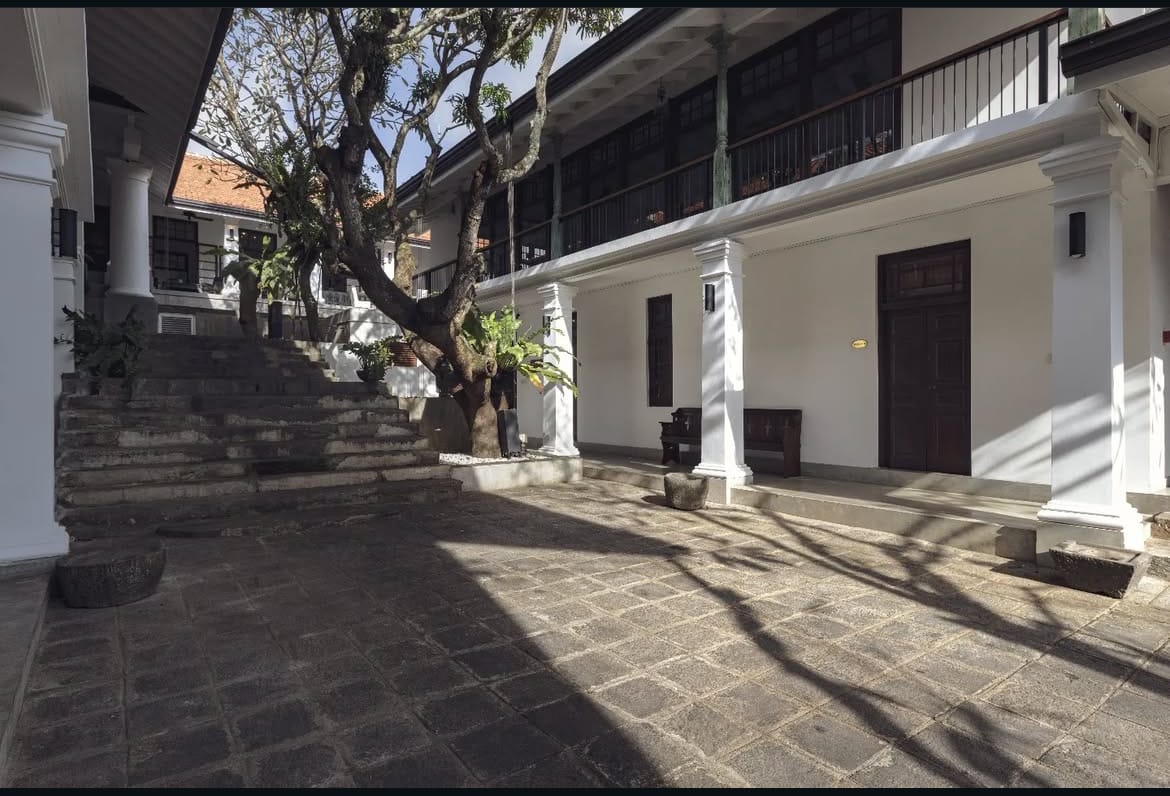
Planning an unforgettable trip to Sri Lanka? While the golden beaches and lush tea plantations are rightly famous, there's another side to this island's magic waiting to be discovered: its stunning colonial architecture. A journey through Sri Lanka's cities is a journey through time, revealing a rich tapestry of Portuguese, Dutch, and British influences.
For anyone building their perfect Sri Lanka itinerary, adding these historical gems is a must. It's a unique way to understand the island's complex past and see some truly breathtaking sights. Here are the top colonial places you simply can't miss.
Galle Fort: A Walk Through a Dutch Colonial Masterpiece 🏰
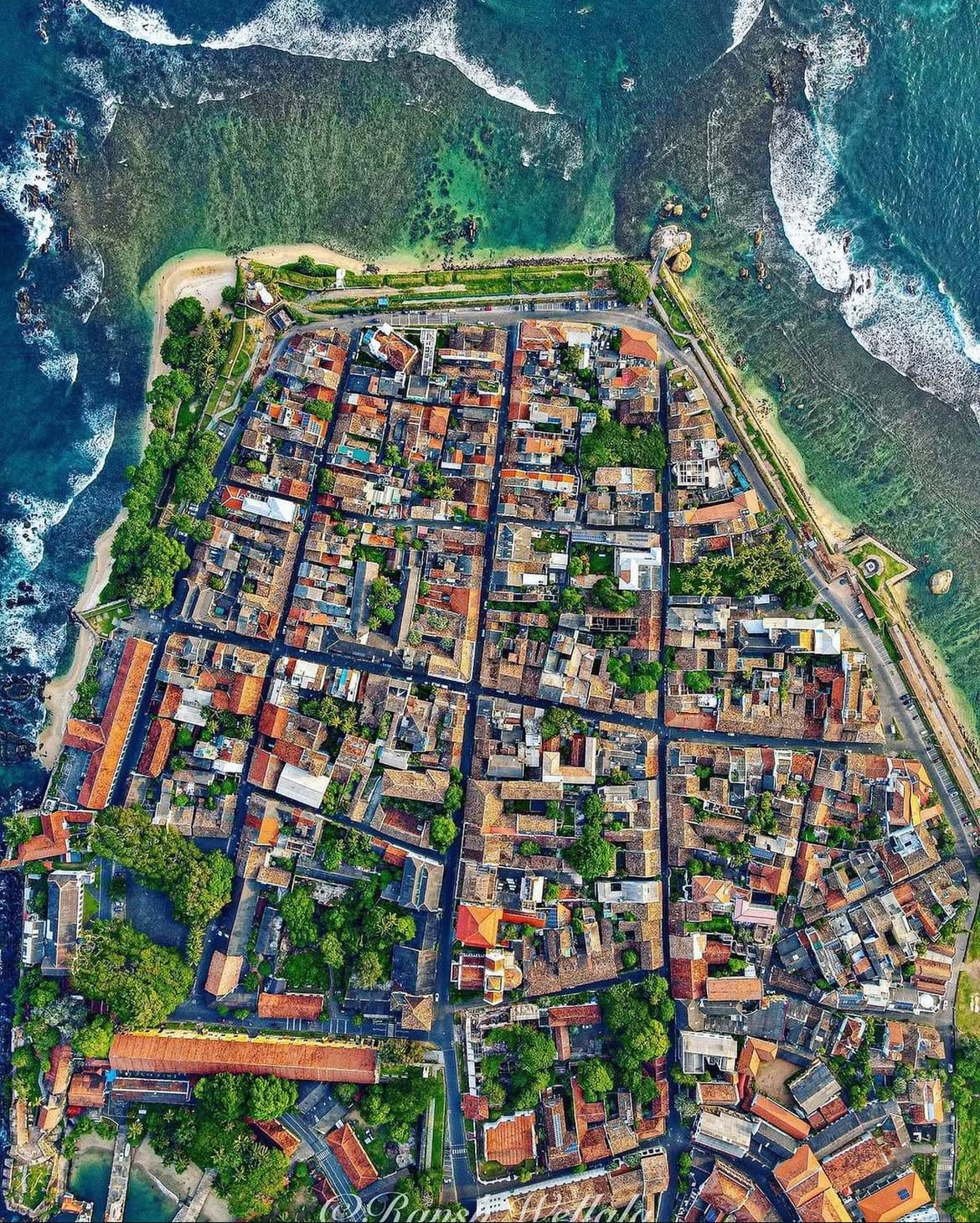
If you visit only one historical site, make it Galle Fort. This UNESCO World Heritage Site isn't just a ruin; it's a vibrant, living city encased within 17th-century Dutch ramparts. Originally built by the Portuguese, it was the Dutch who transformed it into the architectural marvel we see today.
What to expect:
- Cobblestone Streets: Get lost wandering through a maze of charming streets lined with colonial-era villas, quirky boutiques, and cozy cafes.
- Iconic Landmarks: Don't miss the beautiful Dutch Reformed Church, the historic Galle Lighthouse, and the Old Dutch Hospital, now a chic shopping and dining precinct.
- Sunset on the Ramparts: The best activity in Galle is free! Take a stroll along the massive fort walls as the sun sets over the Indian Ocean. It's a truly magical experience.
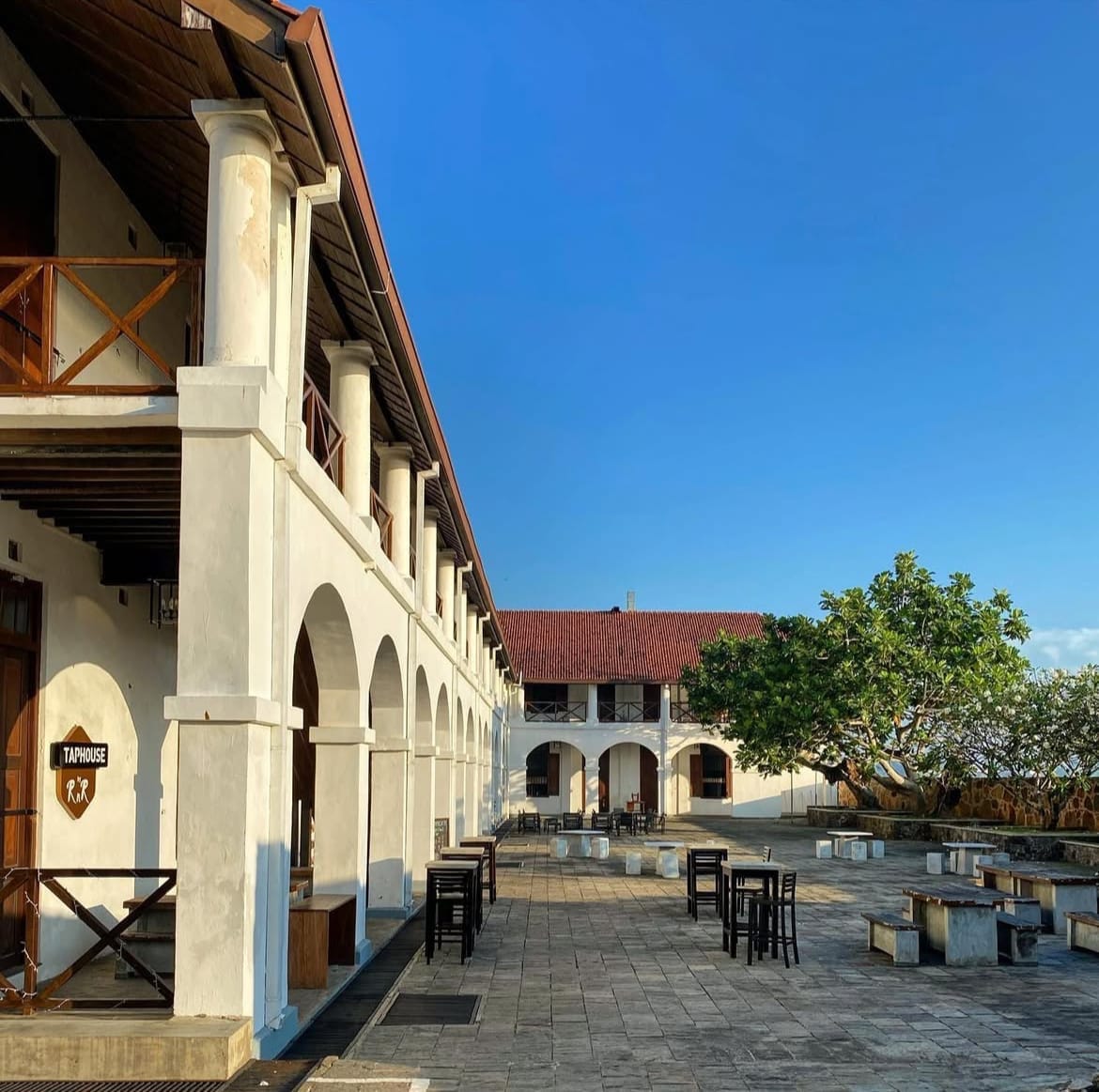
Colombo's Architectural Treasures: From British Grandeur to Dutch Remnants 🏛️
As Sri Lanka's bustling capital, Colombo is a fascinating mix of old and new. Amidst the modern skyscrapers, you'll find incredible examples of British colonial architecture, especially in the "Fort" district.
Key sights to add to your list:
- The Old Parliament Building: A stunning example of neo-baroque architecture, this grand building is a powerful symbol of the British era.
- Galle Face Hotel: Step inside one of Asia's oldest and most famous hotels. Even if you're not staying, grabbing a drink on its sea-facing terrace is a classic Colombo experience.
- The Old Dutch Hospital: Similar to its counterpart in Galle, this beautifully restored building is another great spot for dining and soaking in the historic atmosphere.
- Cargills Main Store: This striking red-and-white building is one of the most photographed landmarks in Colombo and a beautiful remnant of the city's mercantile past.
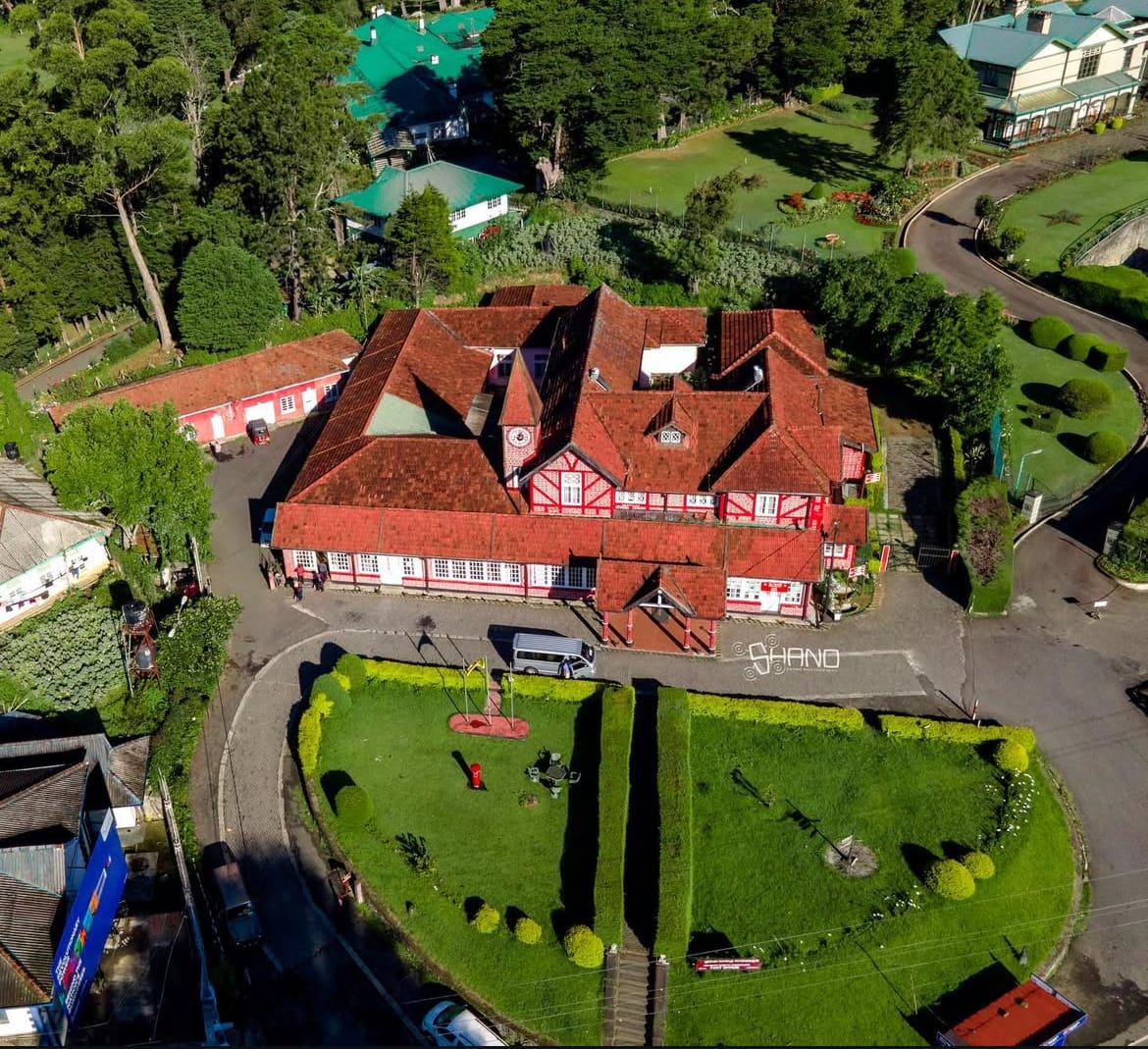
Nuwara Eliya: Discovering "Little England" in the Hill Country 🏡
Escape the coastal heat and head for the hills! Nuwara Eliya, nestled amidst misty mountains and verdant tea plantations, feels like a different country altogether. The British colonialists, drawn by the cool climate, shaped this town into a charming English-style retreat.
What makes it special:
- Tudor-style Architecture: You'll find quaint bungalows with rose gardens, a post office that looks like it's from the English countryside, and grand hotels like The Grand Hotel and the Hill Club.
- A Unique Atmosphere: The combination of the cool mountain air, colonial buildings, and surrounding tea estates makes Nuwara Eliya one of the most unique places to visit in Sri Lanka.
- Holy Trinity Church: This beautiful Anglican church features stunning stained-glass windows and adds to the town's "Little England" vibe.
Why Add These Colonial Gems to Your Sri Lanka Itinerary? ✨
Exploring Sri Lanka's colonial architecture is about more than just admiring old buildings. It's a chance to:
- Understand History: See firsthand how European powers shaped the island's culture and landscape.
- Capture Incredible Photos: These locations are incredibly photogenic, offering a different visual story than the typical beach shots.
- Experience a Fusion of Cultures: Witness the unique blend of European design with South Asian styles and materials.
Whether you're a history buff, an architecture lover, or simply a curious traveler, these colonial sites provide a deeper, more enriching experience of Sri Lanka. So, as you plan your adventure, make sure to carve out time to step back in time. You won't regret it!
